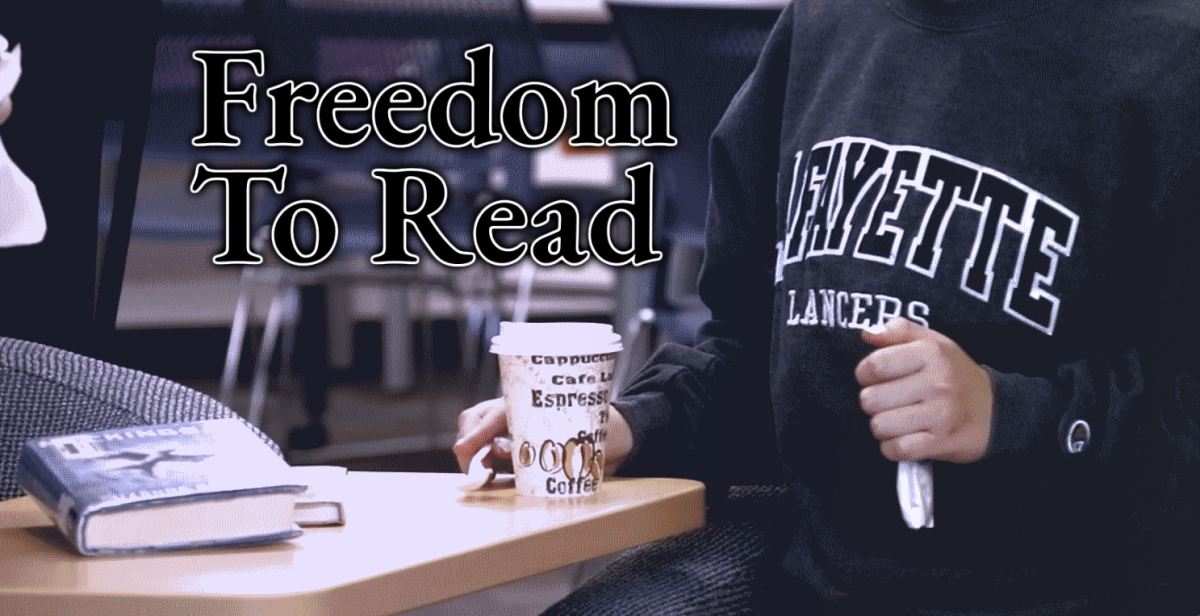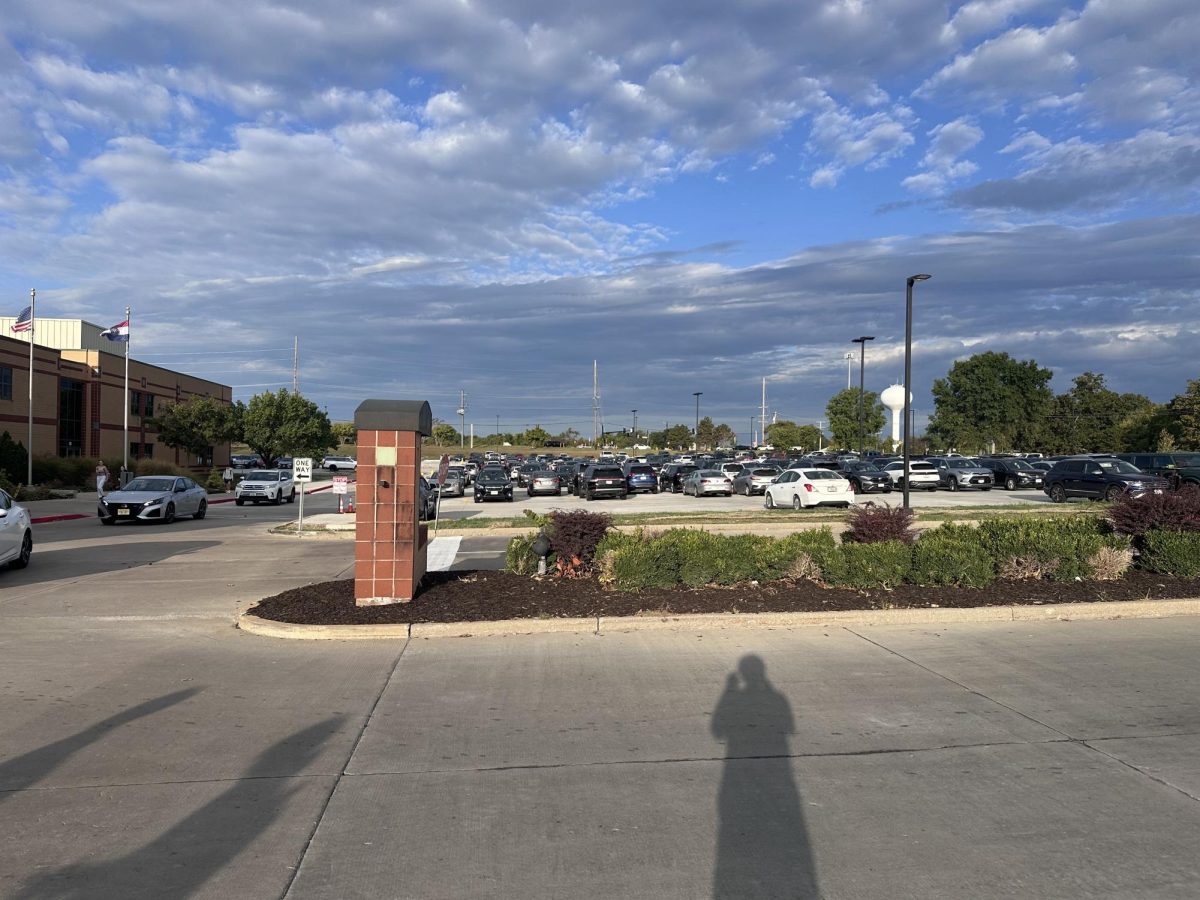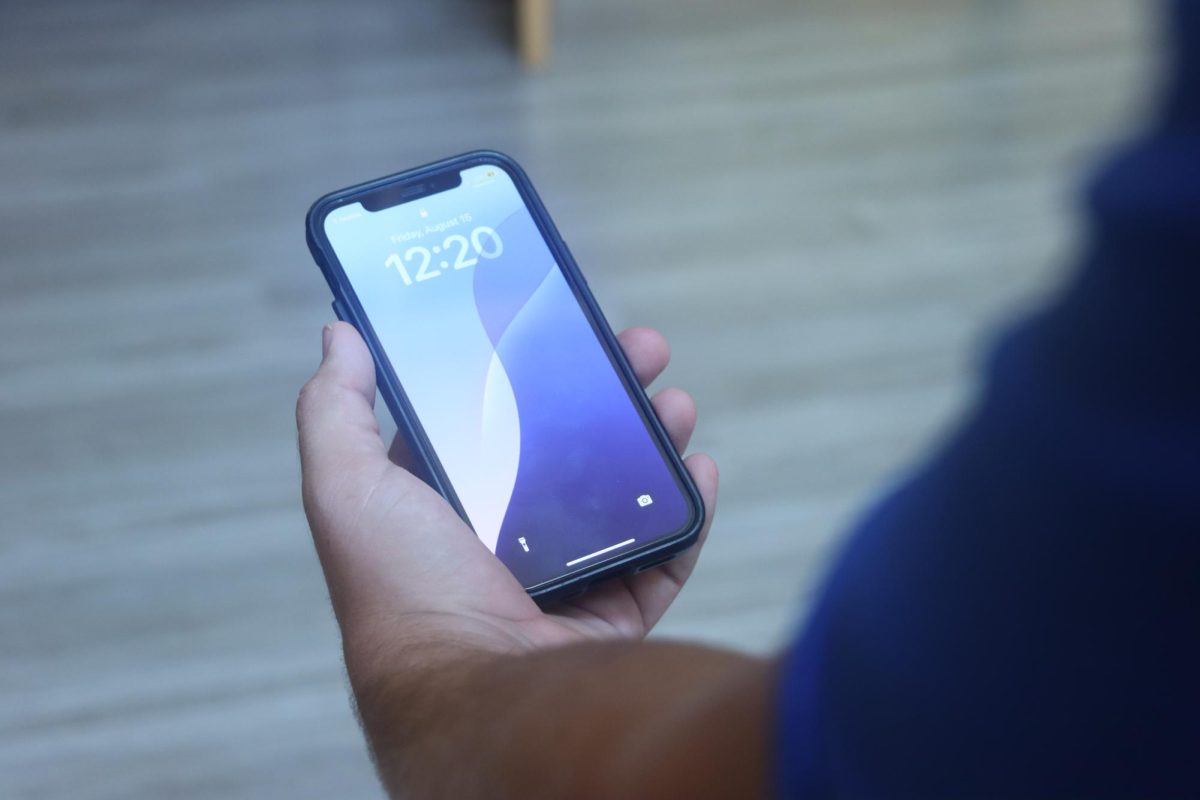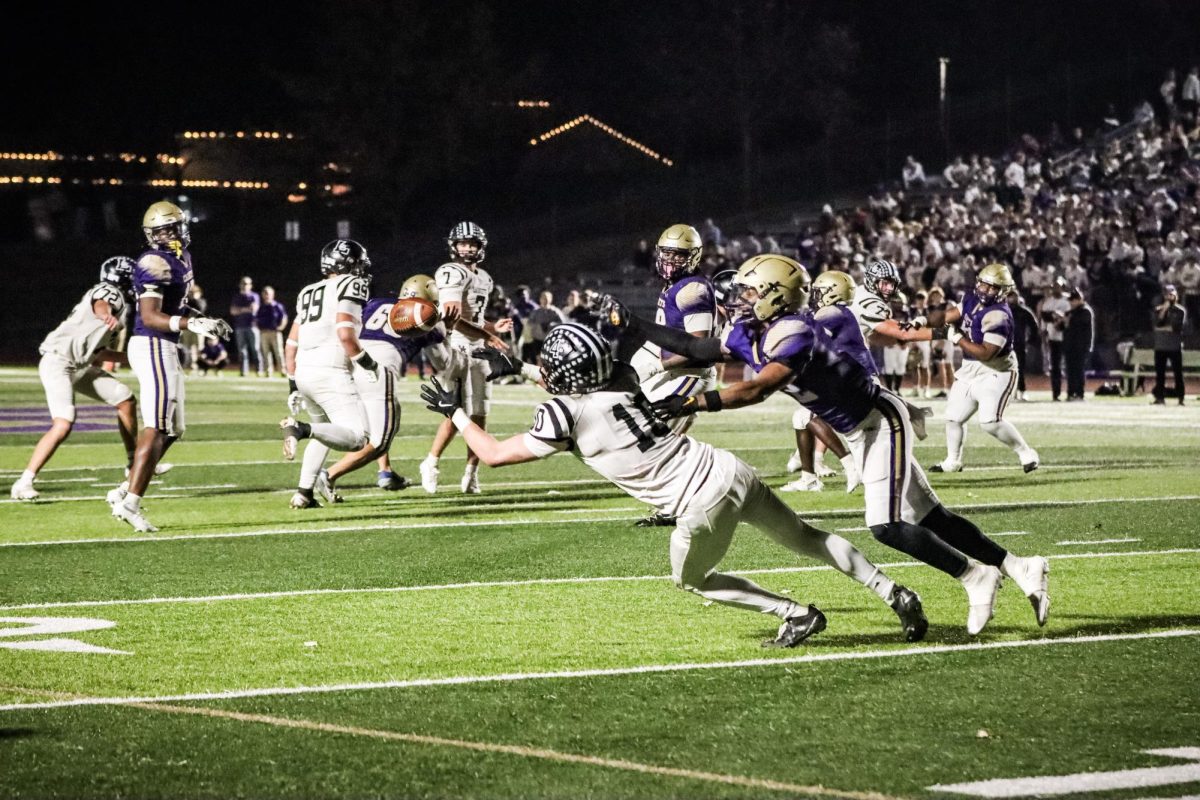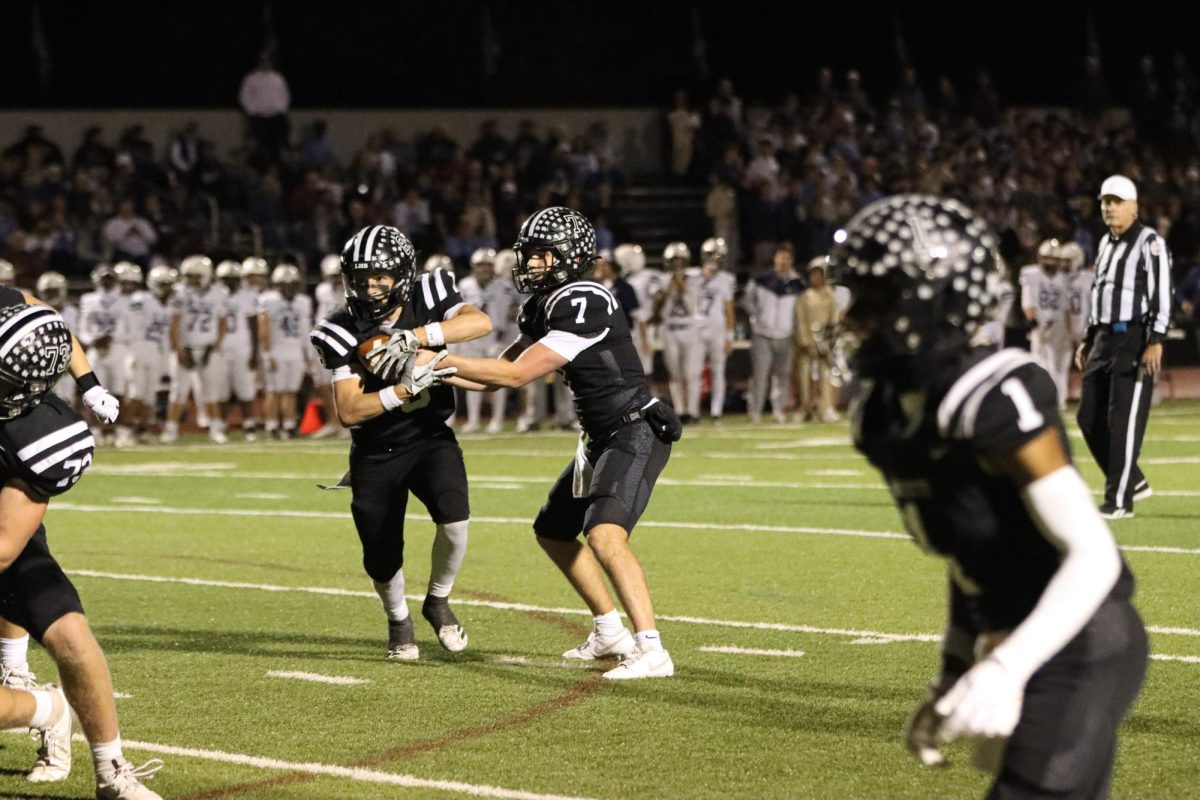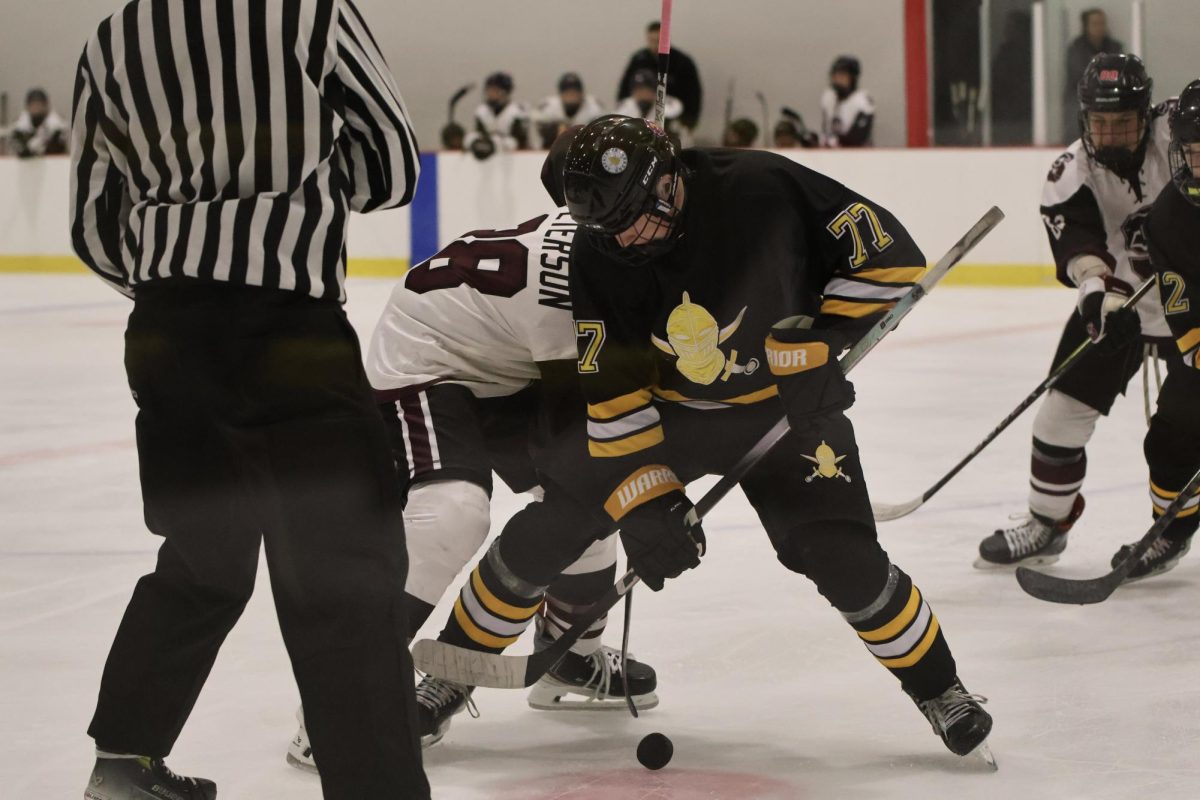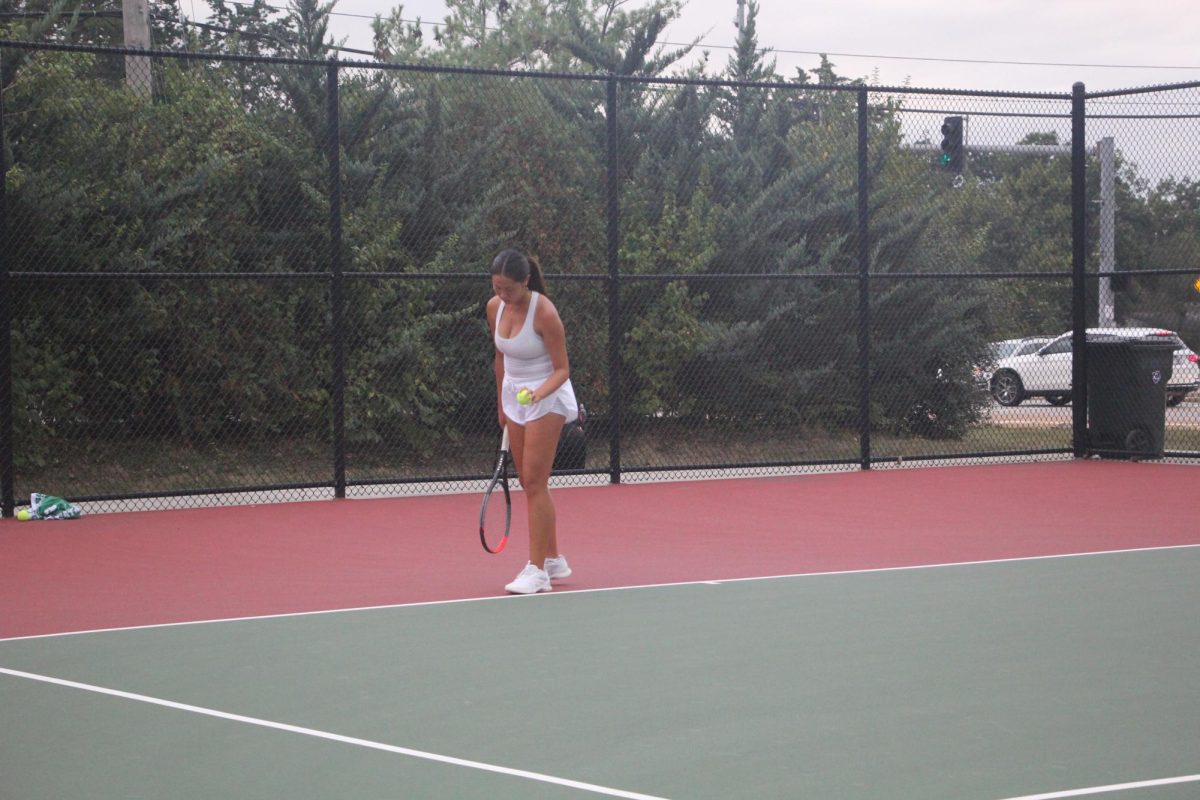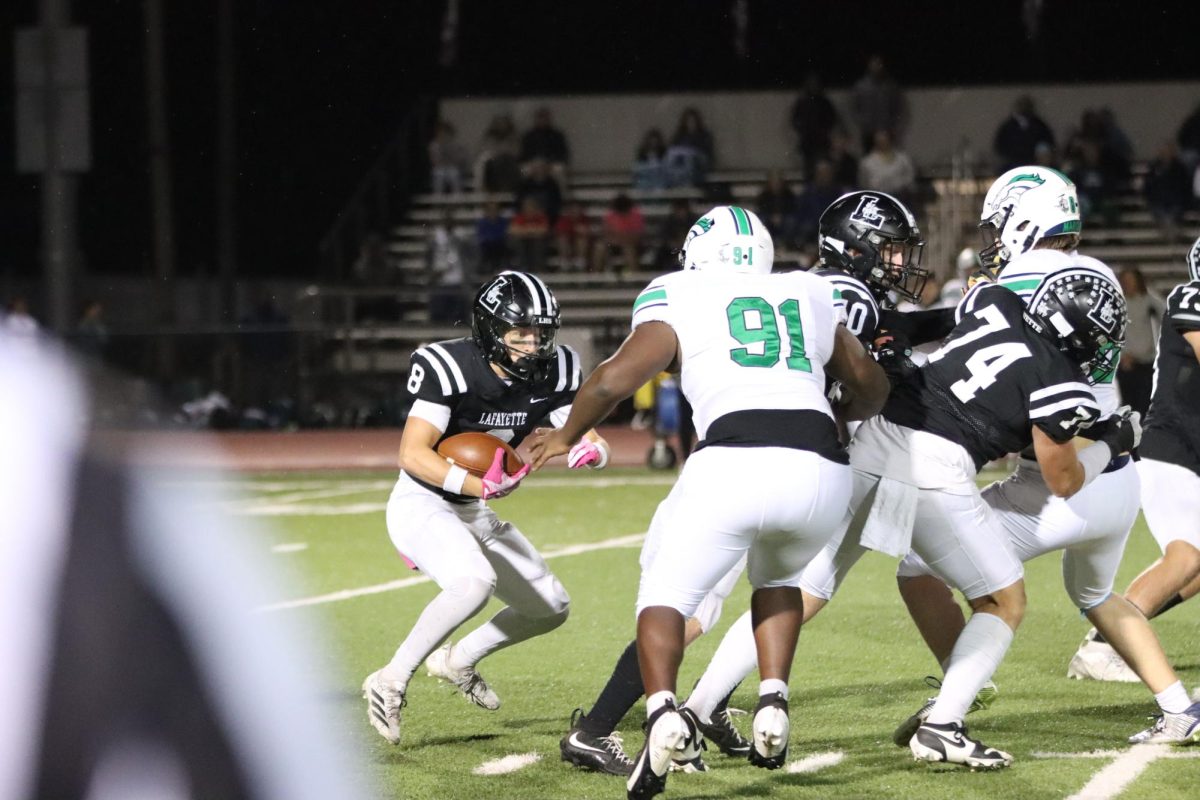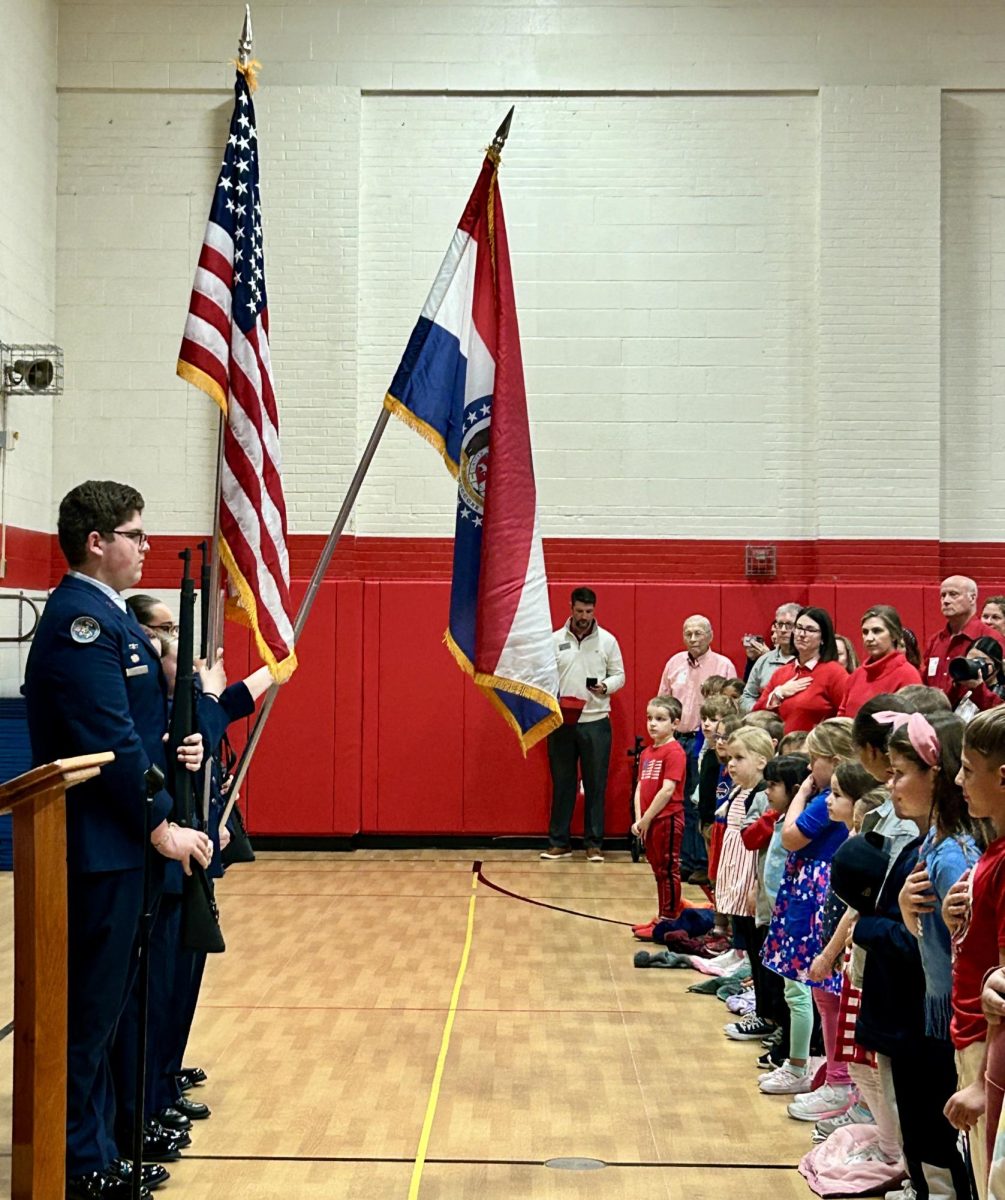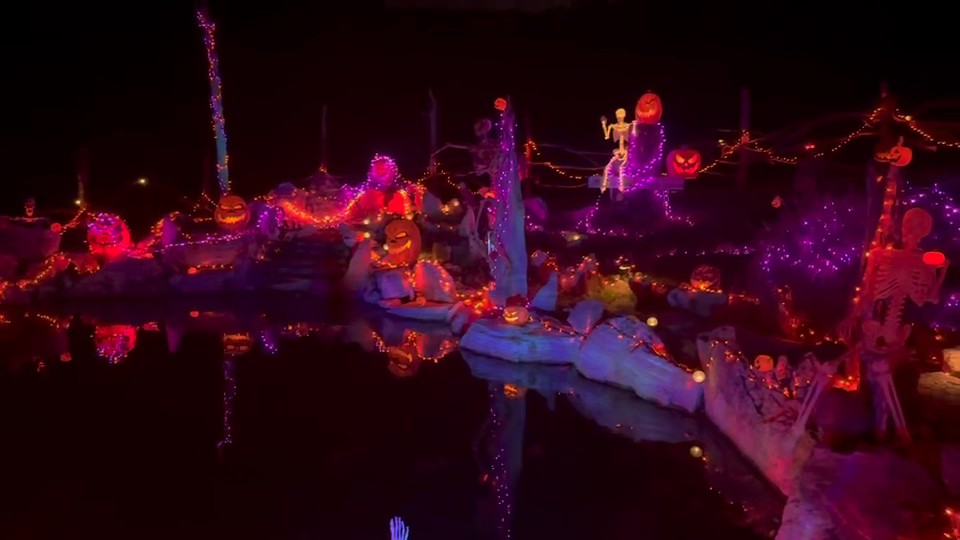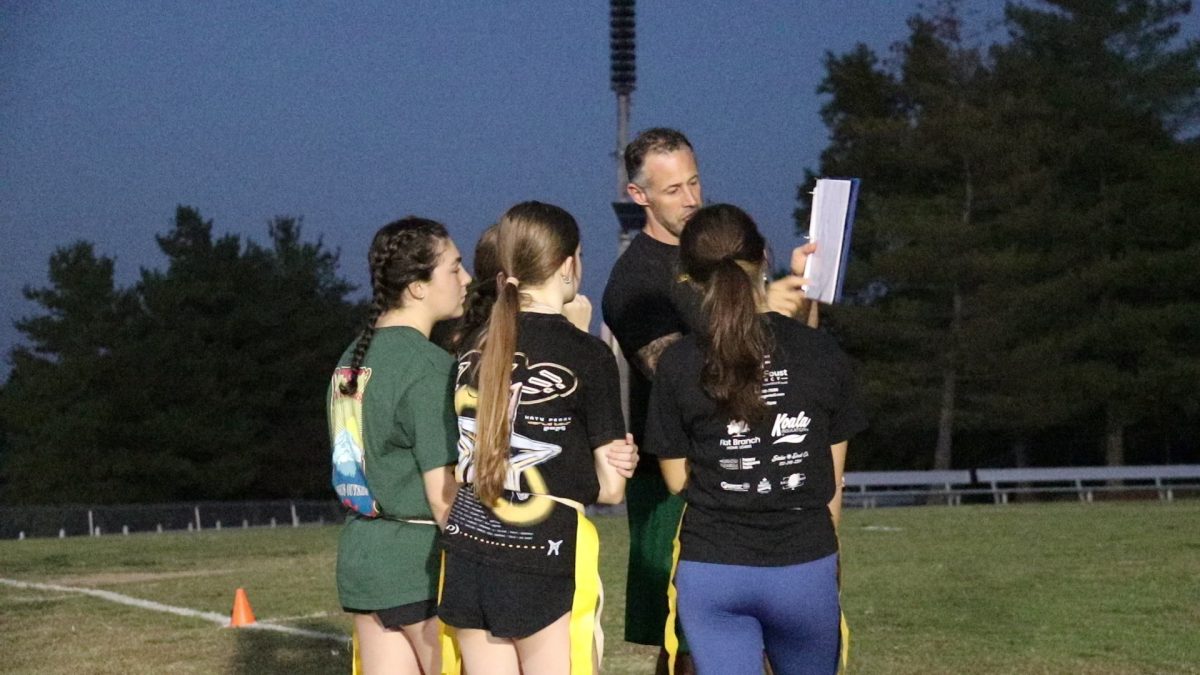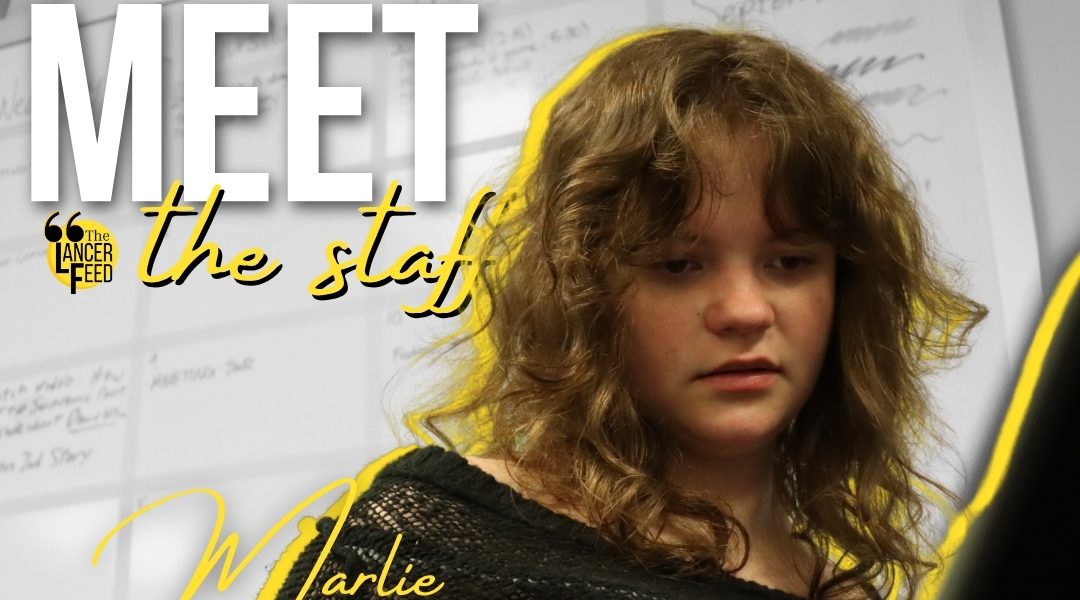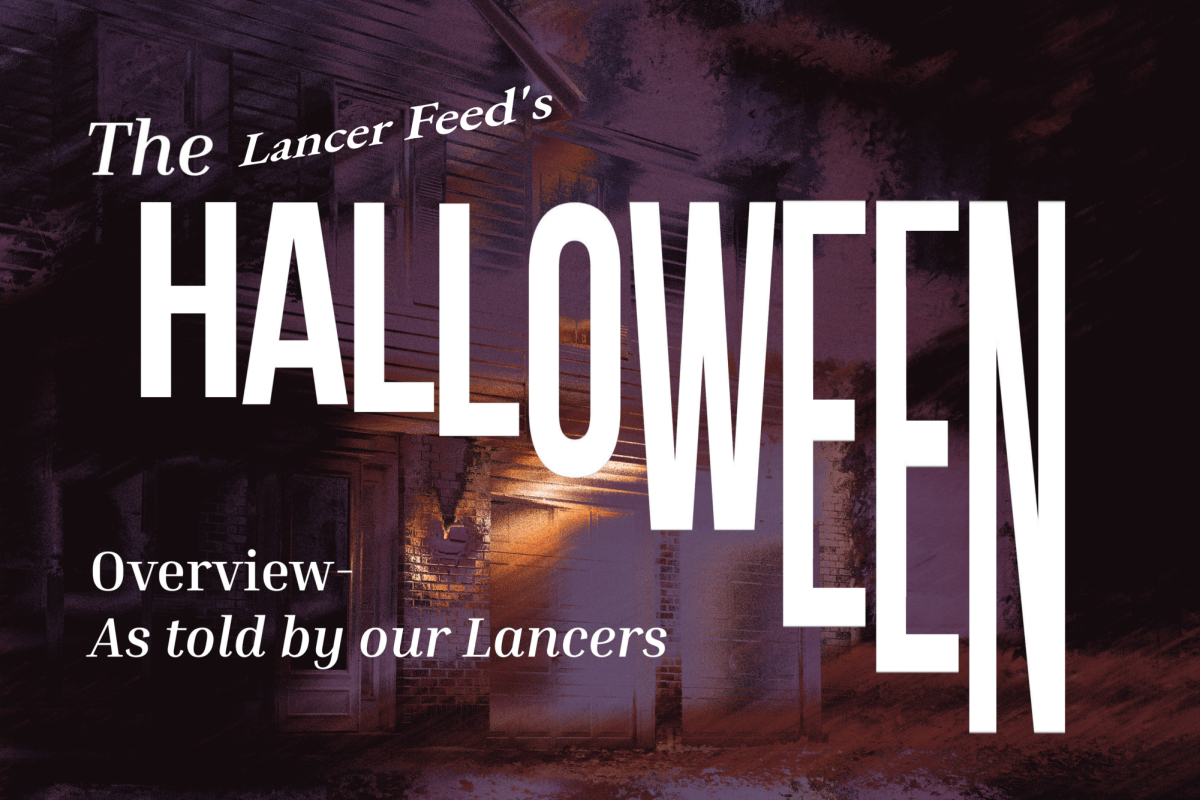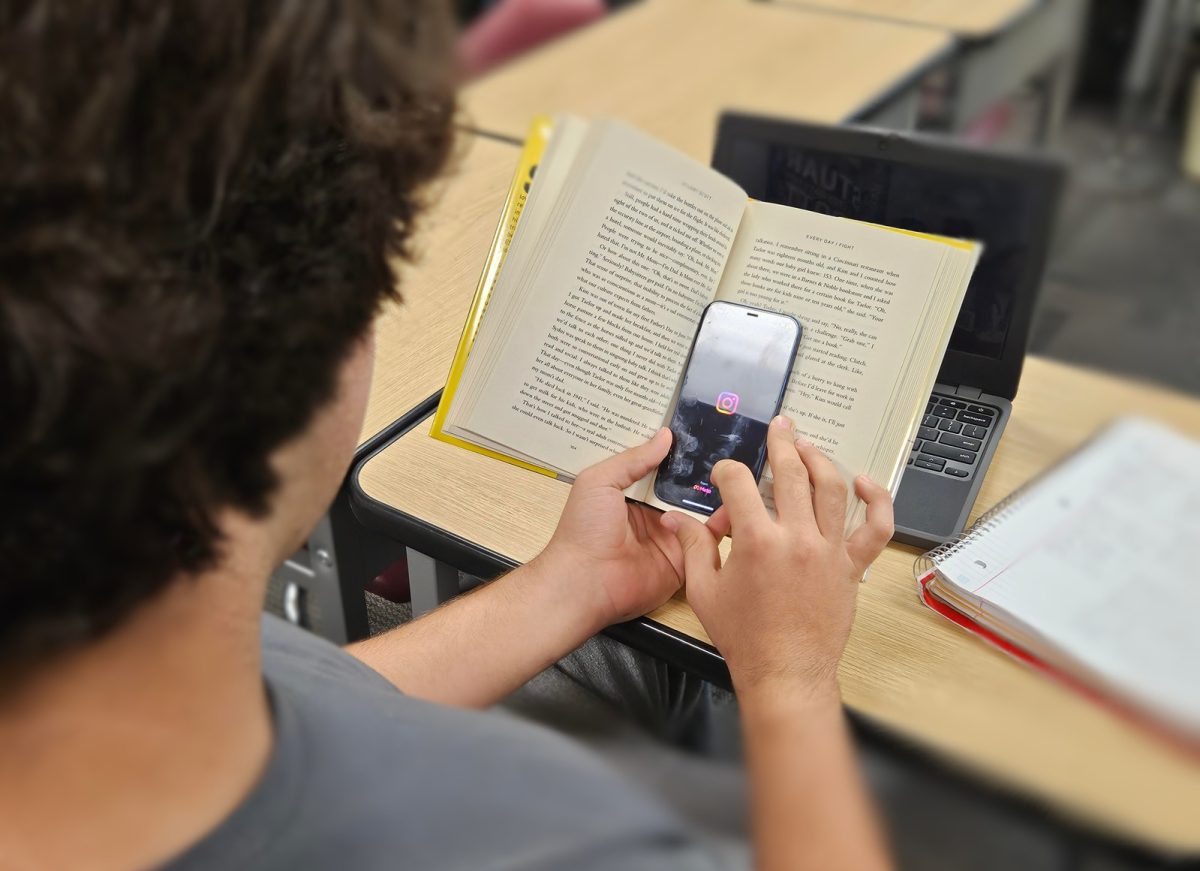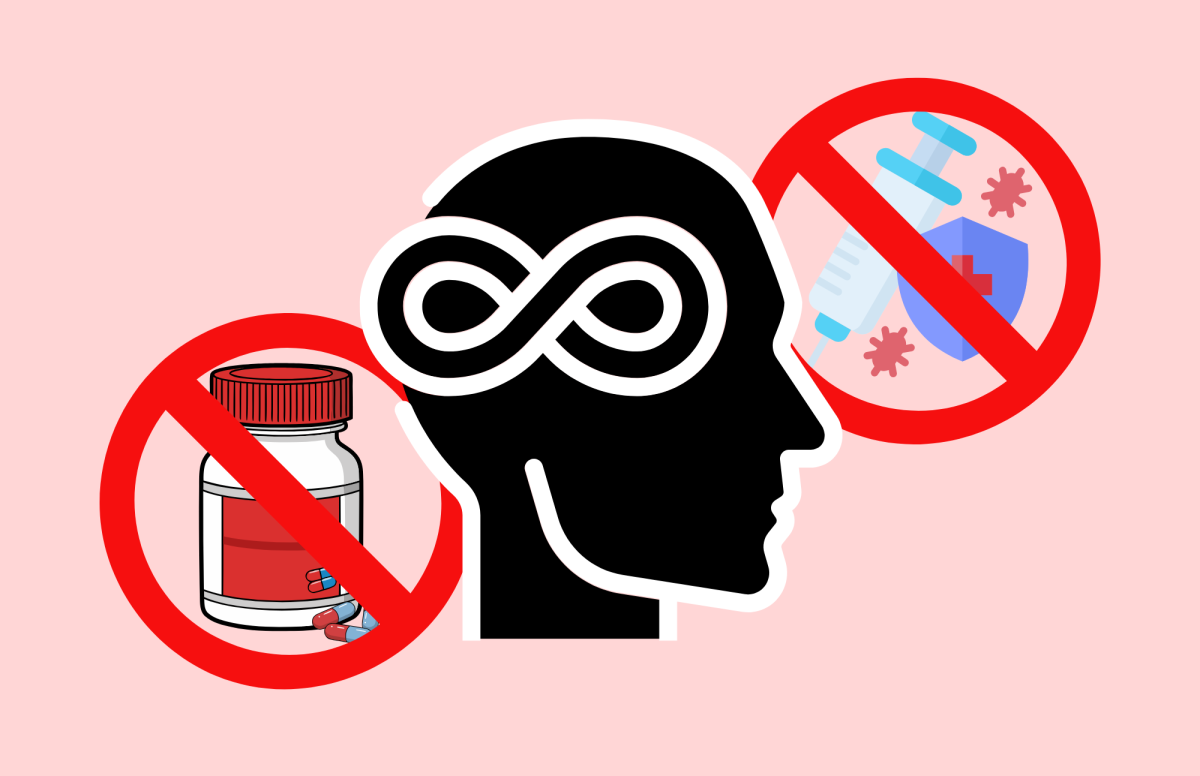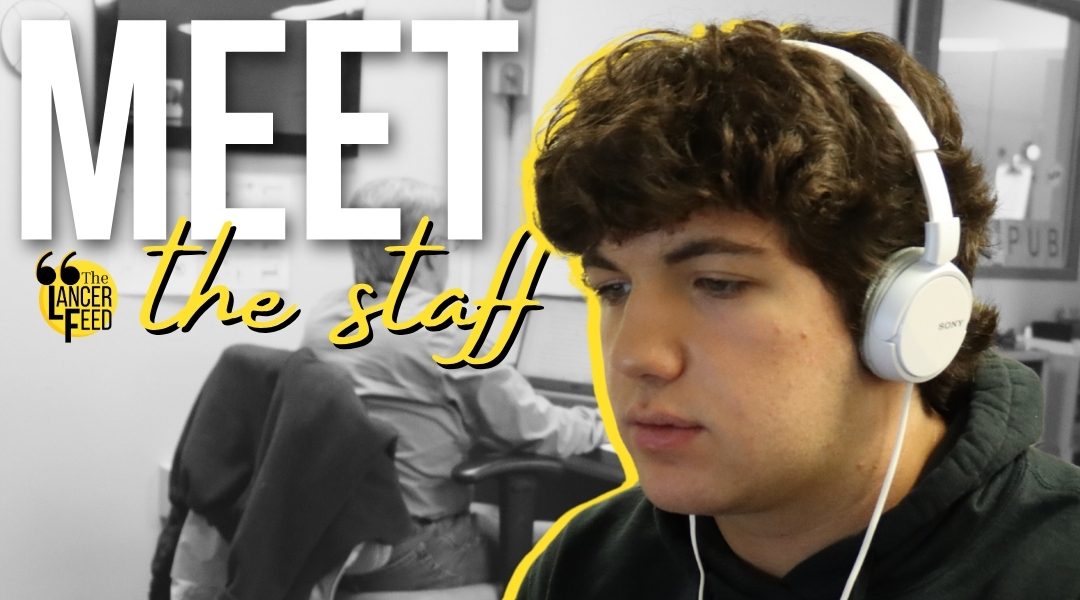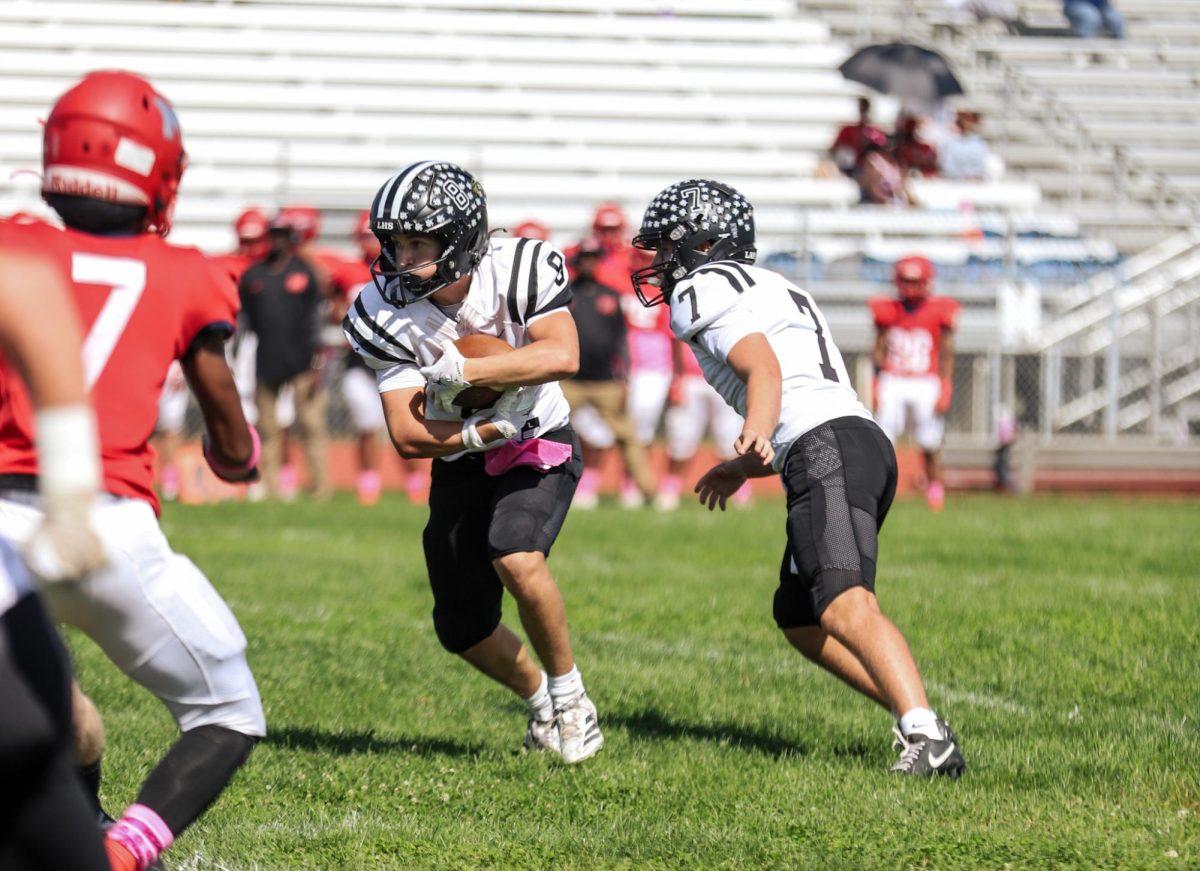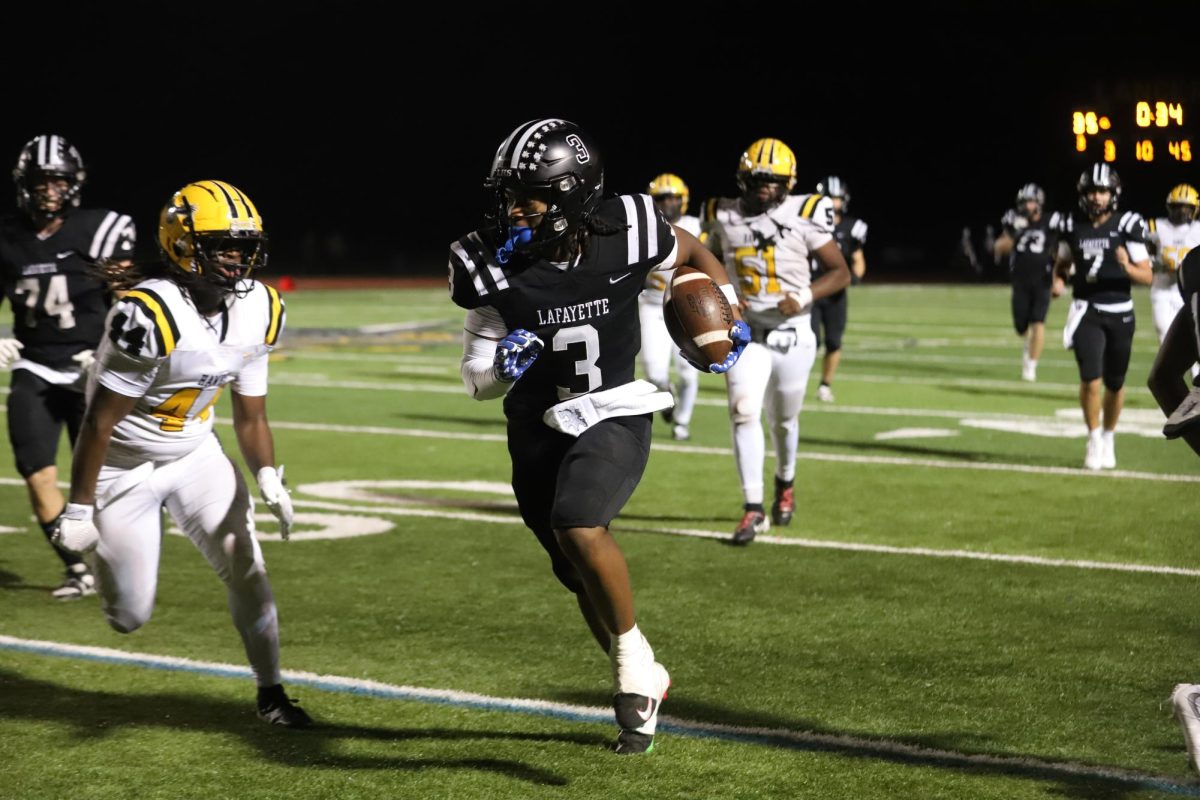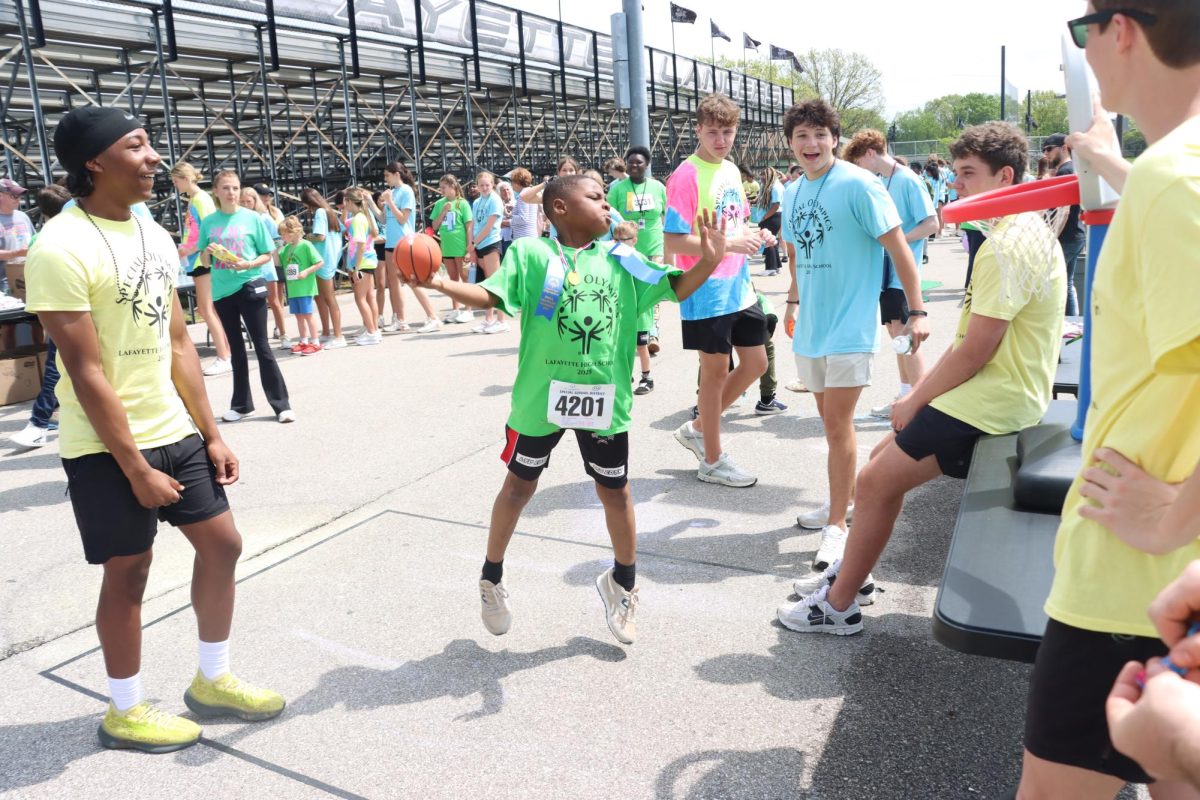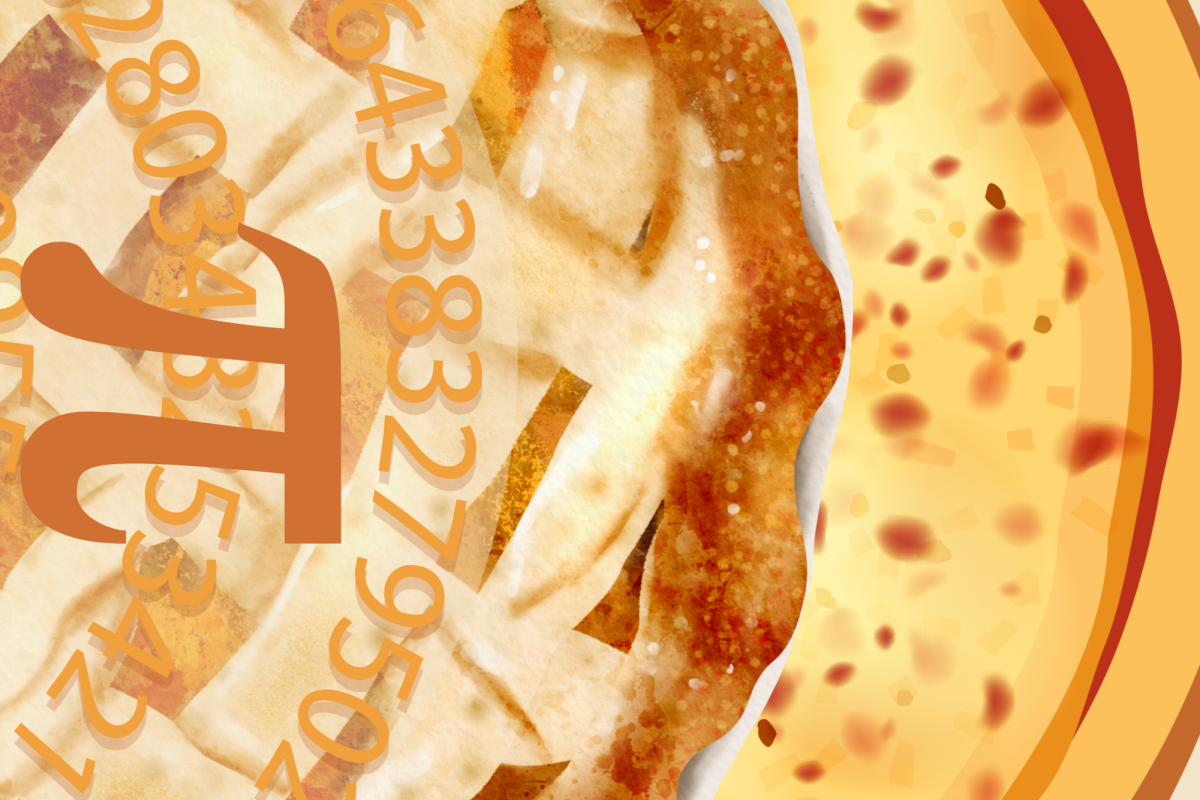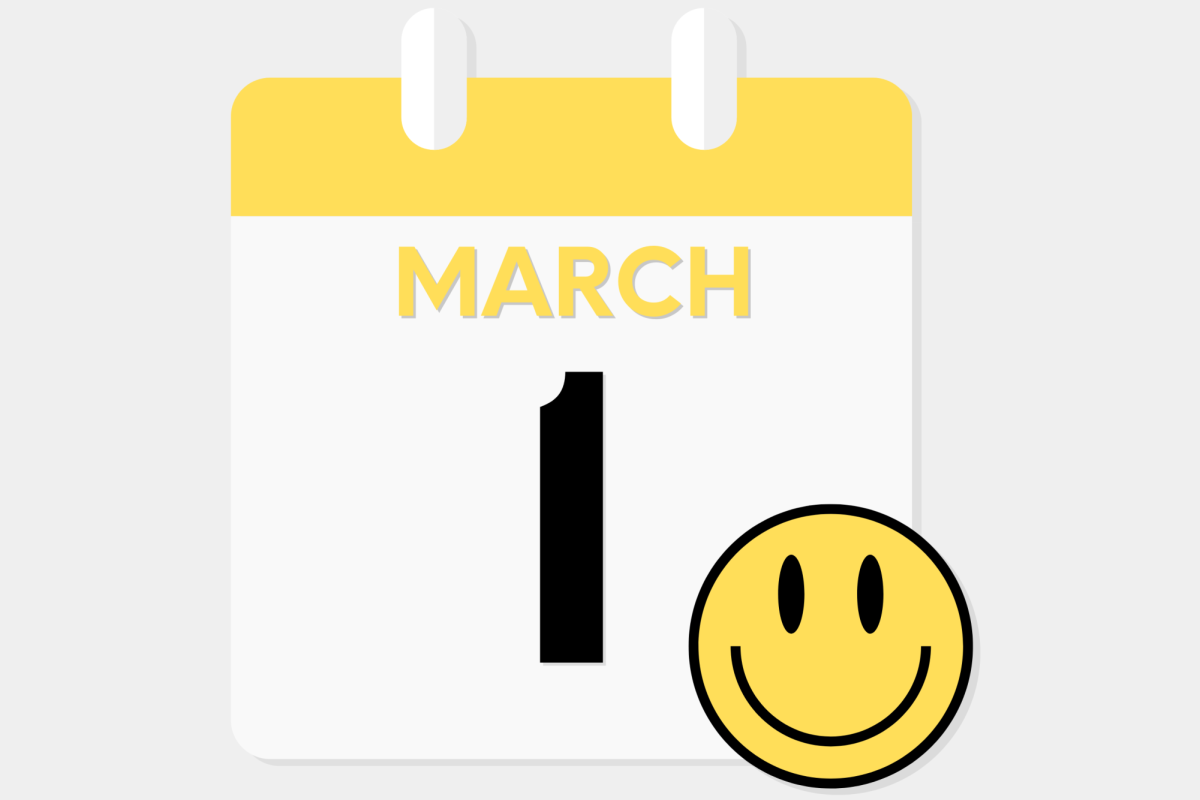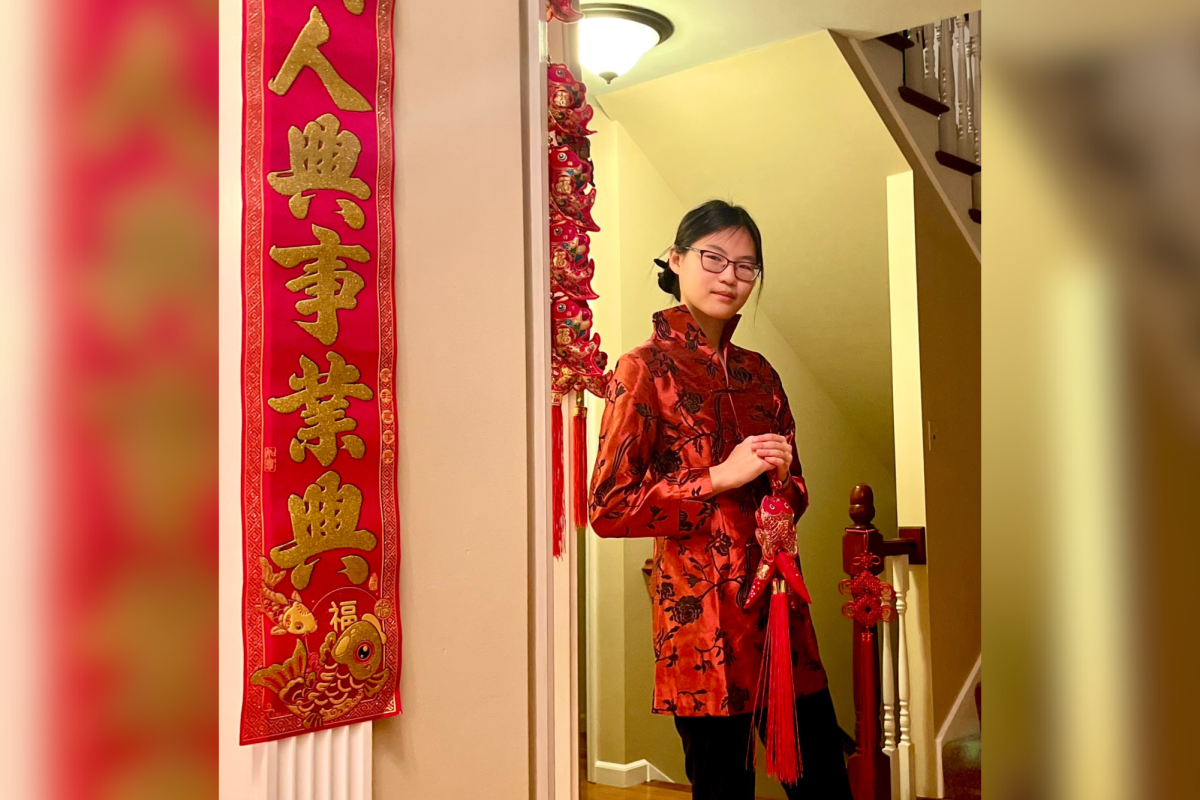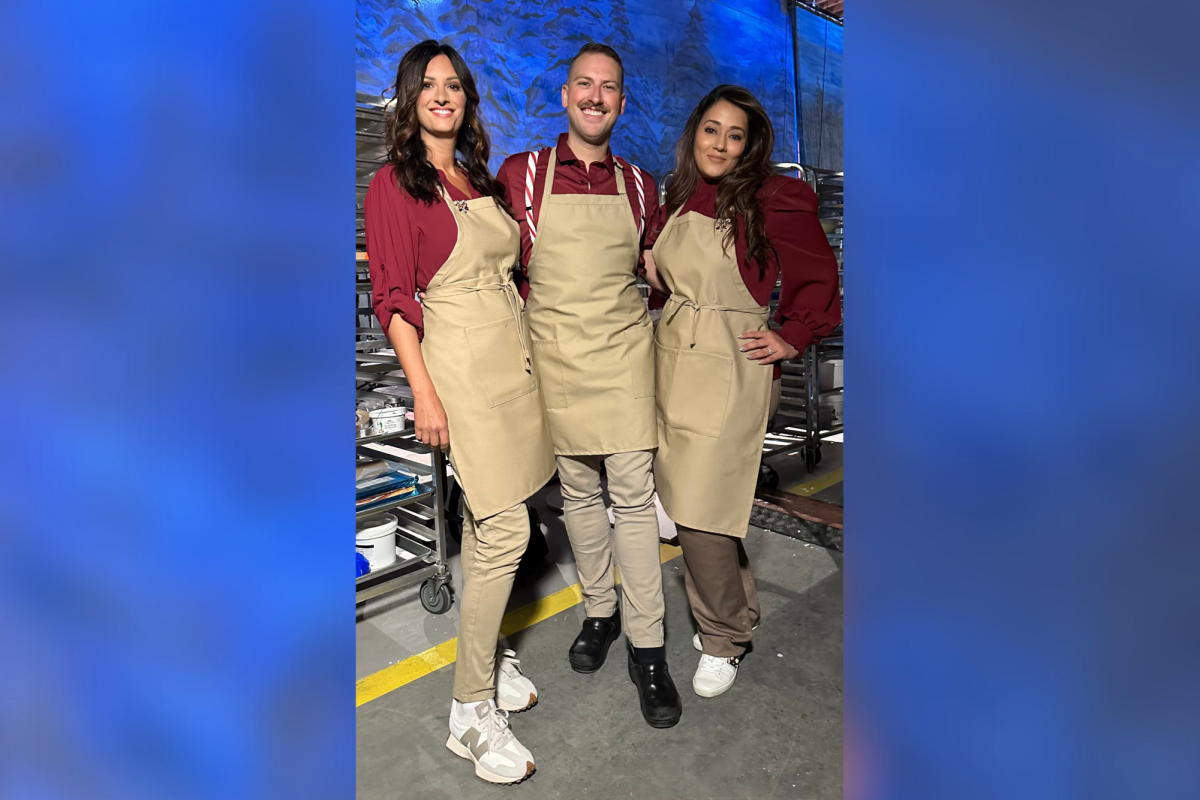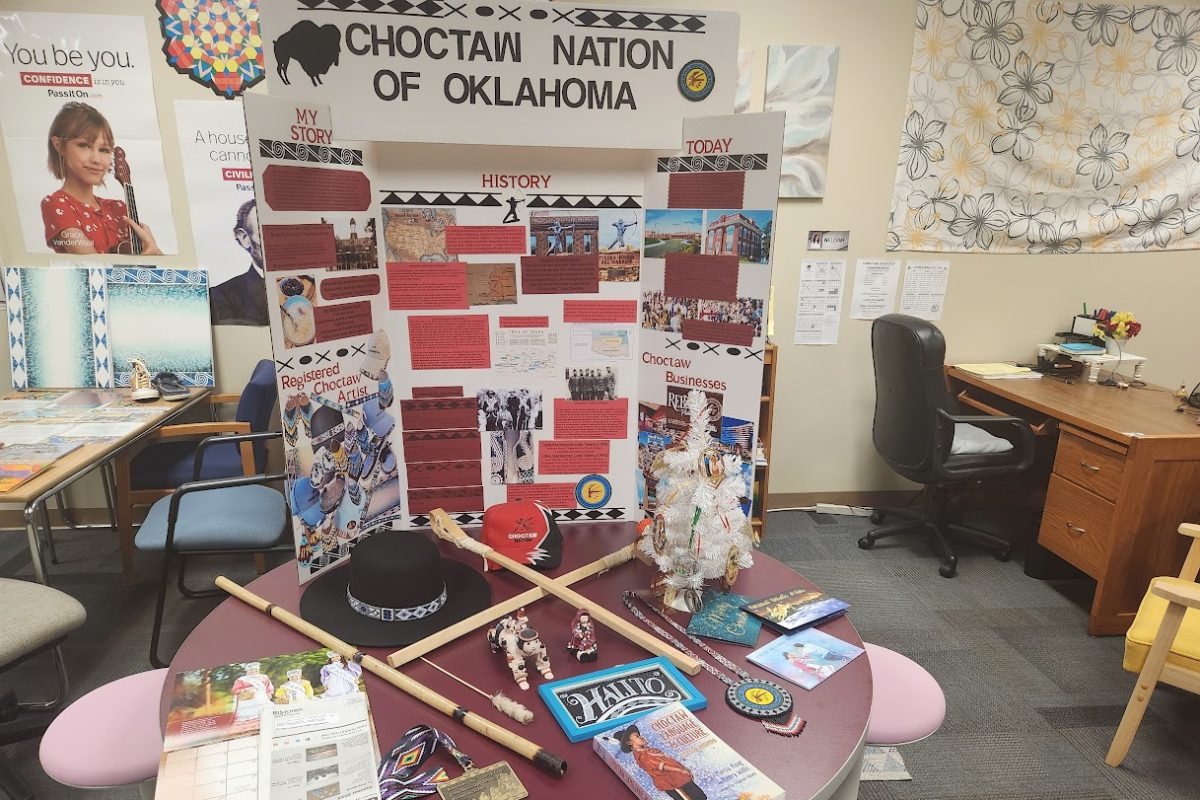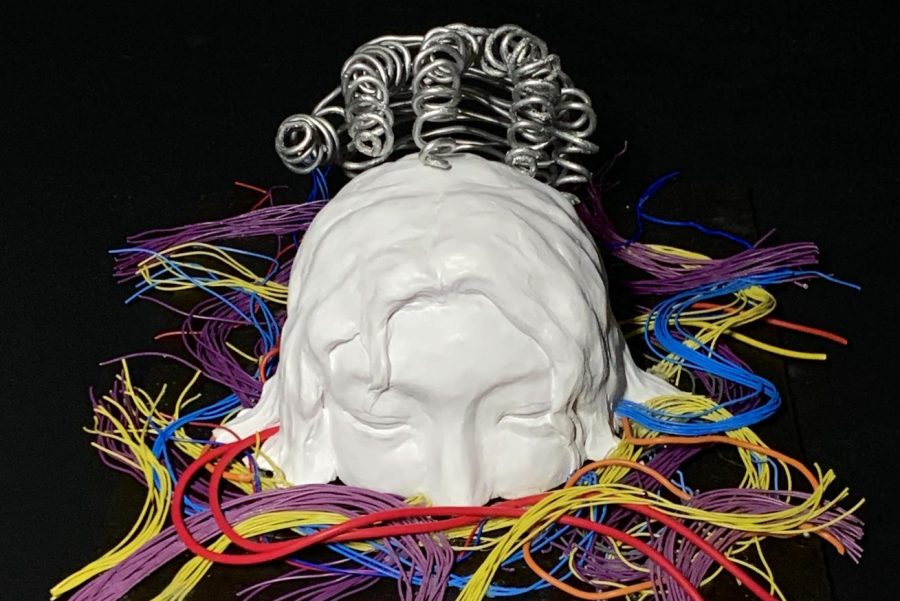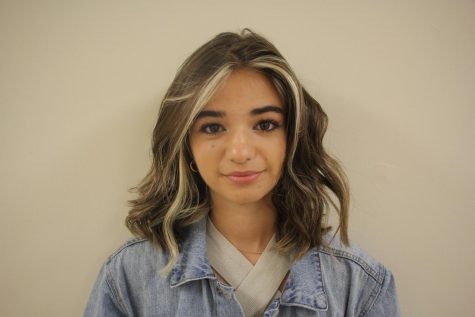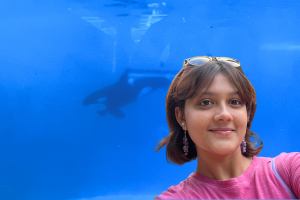A new type of canvas
AP against AI, technology takes digital art to next level
Named Submersion, this piece represents peoples addiction to the Internet and technology as the person is being drowned in wires. The sculpture is part of senior Erica Chen’s AP Art and Design portfolio, which is themed to the impact of technology on people. “It’s based on the fact that things like phones and the internet are so ingrained into our culture that a lot of people can’t imagine living without them, forming a sort of unhealthy reliance,” Chen said.
April 12, 2023
From spin paintings to one-minute sketches, there are plenty of new, unique art forms becoming trendy. Art made by artificial intelligence has become yet another eye-catching trend through filters on TikTok and Instagram.
For students and teachers in AP Art and Design, however, the discussion has been anything but catching. Art teacher Lauren Sakowski said it’s been a hot topic in teacher forums.
“The teachers were talking about how interesting it would be to take an original piece that a student had done, and then use AI to come up with other iterations of that piece to help support development and growth,” Sakowski said.
Students could then use recreations of their art through AI to find inspiration for another piece.
“I was so against using AI for class but a lot of the discussions on the board started to change my mind,” she said.
On Jan. 31, AP came out with a new policy for AP Art students saying no work could incorporate AI in any way. While she agrees actual artwork shouldn’t be used, Sakowski said she doesn’t see an issue with using another piece of art as inspiration for work.
“That’s great for hundreds and hundreds of years. That’s how you learned; you copied master paintings. Or you had been an apprentice with a master painter, and you copied their work. There’s nothing wrong with that,” Sakowski said.
The issue arises, however, when using AI or copying other work for personal gain.
“When you make artwork for [gain], it needs to be original, you cannot just present work that you’ve copied from somebody else as your own intellectual property,” Sakowski said.
Tracy Gladden, language arts teacher, decided to read an article about the evolution of robots in her 9th Language Arts class. Freshman Theodora Ambrose, who took some part in the discussion, said AI art could lead to unintentionally stolen intellectual property.
“We should not use AI to make art because of how the algorithms work. It’ll take other artists’ creations and kind of snatch it as its own and there will be no credit. And the way AI artists have been using it, they’ll claim the pieces as their own or they’ll get mad at other people for using the same word prompts,” she said.
Ambrose’s hope is that AI art programs implement a new way to generate art that doesn’t discredit the original art.
“To fix the AI art from stealing, it should categorize the different art it’s able to pick from and reference, and within the categories, there could be a little list next to the generated picture of the artist it was referencing from and make it so they can’t directly copy an image,” she said.
Ambrose isn’t the only one who has ideas with the evolution of AI.
Senior Erica Chen decided to create her AP Art portfolio about how technology is changing the way that people interact with their surroundings.
“I’ve done sculptures exploring the connections between people over long distances and how communication has been affected by technology. I’ve done one that was a little light-hearted about posture and technology. I also did one on how filters are changing people’s perceptions of themselves,” Chen said.
Having created four sculptures under this technological theme so far, Chen said she has mixed feelings about AI.
“People don’t know if it counts as art or not because it wasn’t created by a human, it’s just an amalgamation of this computer shoving things together, trying to make something that looks like art,” she said. “I don’t know how to feel about it, honestly.”
Chen’s passion for art started the first day she could physically draw and has been a crucial part of her life since. She won a Gold Key regionally in the Scholastic Art and Writing Competition and is waiting for National results. Her art piece was also chosen by the St. Louis Guild of Artists for the Young Artist’s Showcase in March. She plans to double major in Fine Arts and Chemistry.
“It’s a form of communication for me. It’s a way to communicate with others in a way that words can’t, which is also why AI art kind of bothers me because there is really no meaning behind it. You can input a meaning, but the AI isn’t making any creative decisions, it’s just throwing things together to fulfill your prompt,” Chen said.
She doesn’t like the fact that it takes other artists work without proper credit.
But, Chen said art is still going to change and likely for the better.
“Every time a new tool or form or medium shows up in art, it’s gone through a drastic shift. So I don’t know exactly how it’s going to change, but I know it’s definitely going to change.”
And Chen isn’t the only one.
Sakowski agrees that art is evolving.
“In the mid 1800s, photography was invented. Things don’t travel as quickly as they do today, so it took a couple of decades to start to catch on. By the late 1800s, people started losing their minds. ‘Nobody’s ever going to paint ever again. Why would you need to paint if you can take a photo of somebody? Nobody’s going to need portraits anymore. Painting is dead.’ Obviously, we know now that’s not true,” she said.
As Sakowski teaches in class, the new innovation helped evolve the idea of art by the 1900s, where Picasso and other artists took on a new type of painting that couldn’t be captured by a camera.
For art teacher Meghan O’Donnell, art AI is another issue similar to a lot of editing programs that she uses in her photography courses, where students can completely edit a photo to make it look however they want.
“I already have some issues that I’m just trying to accept because it’s part of the real world with the apps that we use to edit,” O’Donnell said.
And, while she may like a lot of the edited photos, O’Donnell said she has to address it on occasion.
“So it’s difficult for me as a teacher, for them to pull that apart of me being like, ‘Oh my God, that looks awesome.’ To be like, ‘Okay, that’s not what we’re learning here,’” she said.
When it comes to using AI for class, Chen said she agrees with the policy to an extent.
“It’s a little bit of a slippery slope. If you allow people to use AI for references, how do you know they’re not just copying off that reference?” Chen said. “It’s still such a new thing, that they don’t really know how to deal with it so I think as they are trying to figure it out, I think it’s a good thing to just completely shut it off for a bit and take time to see how it evolves in the grand scheme of things.”
Though she understands the potential benefits, Chen said AI needs to be better understood before it’s completely trusted.
“AI is this really cool technology but as we move forward, this is completely unprecedented territory in technology. We need to be cautious in how we’re using it. We need to make sure everything is not going to blow up in our faces,” she said.


